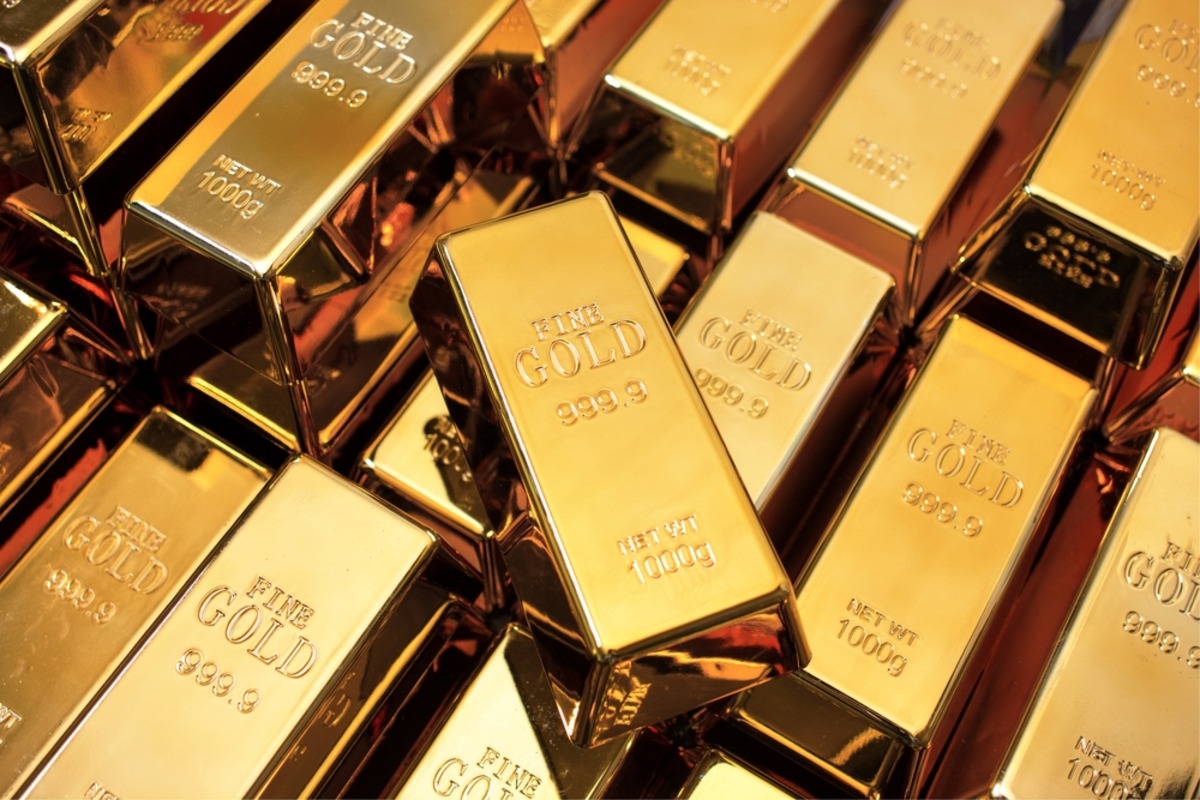Gold prices edged down on Friday amid lower trading volumes but were set for a weekly rise as investors looked for additional insight into the Federal Reserve’s interest rate outlook for 2025 and President-elect Donald Trump’s policies.
In the UAE, gold rates rose, with 24-carat gold gaining AED1 to AED319 and 22-carat gold rising AED0.75 to AED295.25. In addition, 21-carat gold and 18-carat gold increased by AED0.75 to AED285.75 and AED245.00, respectively.
Globally, spot gold dipped 0.07 percent to $2,632.7 per ounce, as of 6:11 GMT. Bullion gained 0.3 percent so far this week. Gold prices have risen close to 28 percent this year and are set for their best performance since 2010, driven by major interest rate cuts and heightened geopolitical uncertainties.
Meanwhile, U.S. gold futures fell 0.20 percent to $2,648.72.
The dollar index rose 0.04 percent to 108.17, making bullion less attractive for other currency holders.
Fed’s rate cut outlook in focus
Trading remained thin on Friday as the holiday season continued. In addition, the U.S. dollar index edged up, hovering near a two-year high it touched last week. A stronger dollar weighs on gold prices, making the yellow metal more expensive for buyers using other currencies.
Investor focus remained on the Fed’s interest rate outlook for next year. Last week, the U.S. central bank’s decision to cut rates by a quarter point and expectations of fewer rate cuts in 2025 impacted market sentiment, placing downward pressure on gold prices.
Recent data showed that U.S. jobless claims fell to a one-month low last week, indicating a strong labor market and potential pressure on the Fed to maintain interest rates. Initial claims for state unemployment benefits fell by 1,000 to a seasonally adjusted 219,000 for the week ended December 21, the Labor Department said on Thursday.
Gold prices have surged nearly 28 percent this year, reaching a record high of $2,790.15 on October 31, driven by the Fed’s substantial rate cuts and escalating geopolitical tensions in several regions globally. Gold is a hedge against geopolitical turmoil and inflation, but higher interest rates reduce the non-yielding asset’s appeal.
Trump’s policy shifts
Markets are preparing for major policy shifts, including tariffs, deregulation and tax changes in 2025 as Donald Trump returns to the White House in January. Traders expect Trump’s expansionary policies to rekindle inflationary pressures and push the central bank to adopt a less dovish stance which might limit gains for gold prices.
Trump pledged to impose big tariffs against America’s three biggest trading partners, Mexico, Canada, and China, and also threatened a 100 percent tariff on ‘BRICS’ nations. A renewed trade war with key players like China could disrupt global commerce, create supply chain bottlenecks and increase costs for consumers and businesses.
Another key promise under Trump’s campaign was rolling back green regulations that currently slow oil and gas drilling and coal mining. If enacted, these deregulatory measures may boost shares in the traditional energy sector, reversing the gains made under the previous administration’s climate policies.
Read: Oil prices steady at $73.22 and $69.19 amid holiday trading slowdown
Other precious metals
As gold prices declined, the precious metals market saw mixed movement on Friday. Spot silver gained 0.02 percent to $29.80 while platinum fell 0.16 percent to $934.50 and palladium dipped 0.18 percent to $923.23.








